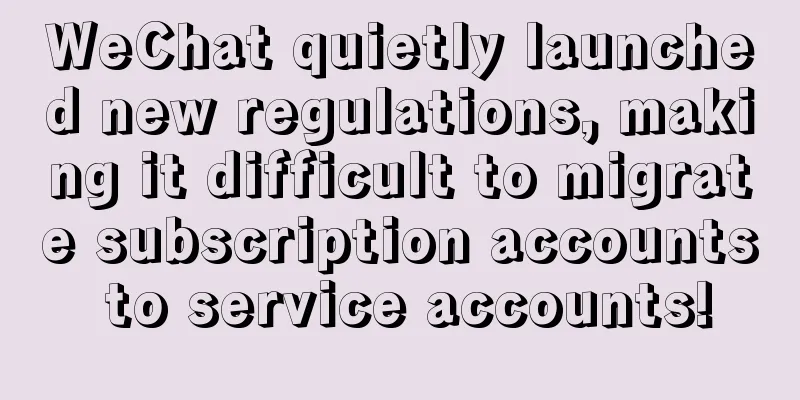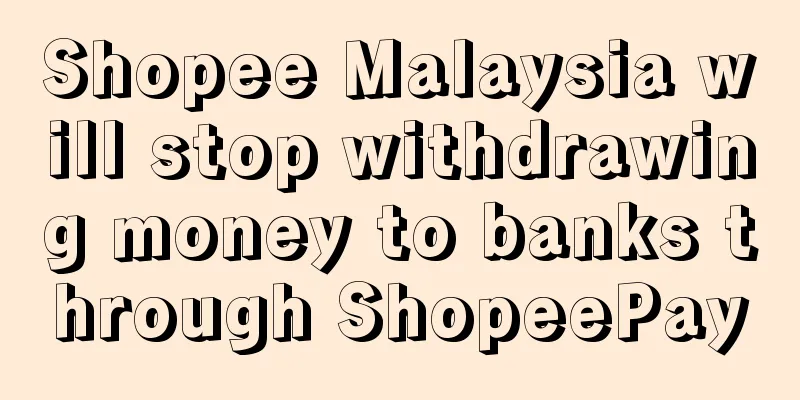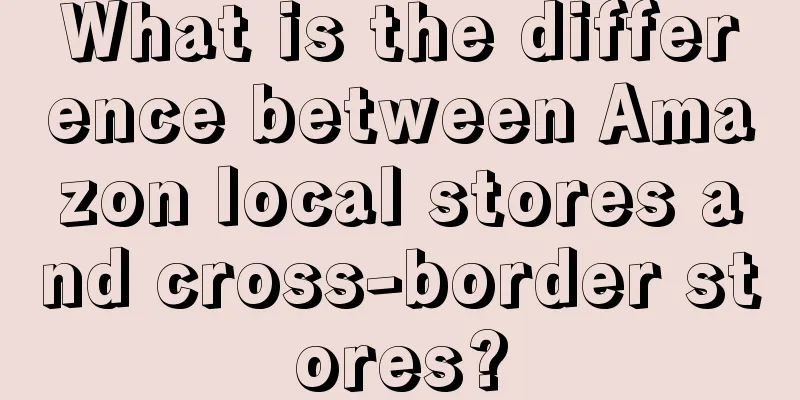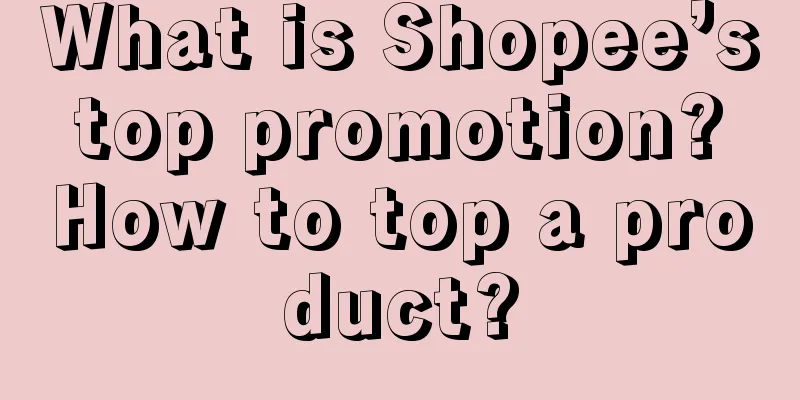What to do if Amazon restricts replenishment? How to avoid replenishment restrictions?

|
When opening a store on Amazon, replenishment is a skill that merchants must master, because once the inventory of goods is too low and there is no time to replenish, it will have an impact on the store. However, the Amazon platform recently stated that it will restrict replenishment, so what should we do? Next, we will explain this aspect to you. The main reason for Amazon sellers' replenishment restrictions is that the platform does not include inventory performance indicators in the platform requirements. For example, the current evaluation criteria are that sellers with scores below 450 will have inventory restrictions. In addition, if the replenishment quantity is too small, the transportation method, etc., your replenishment will also be restricted. If you encounter replenishment restrictions, sellers can try to break through from the following points: 1. For the same ASIN, create several follow-up links in the background; 2. Each follow-up link must reach the maximum delivery limit; 3. Build goods and plans for each link separately; 4. It is best to open multiple shipping web pages at the same time and submit them simultaneously. However, please note that you should not create too many follow-up sales for the same listing in the same store, as this may easily lead to the risk of abuse of variant warnings. How to avoid stocking restrictions? If you want to avoid replenishment restrictions, just do the following: 1. There should not be too much cargo on the way. 2. It is best to use express delivery, such as UPS, DHL, etc. 3. Remove unnecessary cargo shipment plans. The number of allowed shipments = the maximum allowed inventory level - the inventory limit used. However, it is not clear how to calculate the "maximum allowed inventory level" and "inventory limit used". In fact, the maximum allowed inventory is generally = average daily sales * 90 days. Generally speaking, Amazon provides enough warehouse space for most items to sell out within 3 months. Inventory refers to the usage = inventory + incoming goods (including in transit) + inventory to be removed + reserved inventory for orders to be distributed. Therefore, when it is found that the quantity that can be sold is small and the quantity that can be provided is small, the first thing to consider is whether the goods are being stored (including in transit) and whether the transportation speed is too slow. In fact, if Amazon restricts replenishment, merchants don’t need to be nervous or worried. As long as you can make a good plan, take relevant measures, and ensure that there are not too many goods on the way, it will be fine! Finally, I hope this article can help everyone! |
>>: What should I fill in the Amazon tracking code? How can I check the Amazon tracking package?
Recommend
A brief history of brands: Understand the major brand theories in one article and understand the essence and laws of brands
This article explores the development and deepenin...
How to upload a detail page on Shopee? What is the required size of the detail page?
There are many excellent platforms in the cross-bo...
Question Lei Jun, understand Lei Jun, and become Lei Jun
Lei Jun's fans on Douyin have skyrocketed, cre...
eBay adds quick setup feature for advanced promotional listings
eBay recently announced the launch of a quick setu...
How did the Director of Culture and Tourism in the short video become popular?
Short videos have become a very popular way to spr...
Twenty-one years of video websites: burning through 100 billion, unable to get out of the fog
After 21 years of development, the video website i...
Can I only log in to Amazon with one computer? Can I only log in with one IP?
To open a store on Amazon, you need a computer. An...
When eating barbecue, I saw the doubts of old brands
In the new era, users have changed, and their need...
With the addition of video accounts, the wave of local life has become even bigger
Since last year, businesses have received invitati...
ChatGPT's new feature is online. Can it help you edit videos now?
Recently, OpenAI finally released its big move, Co...
How to create an account for a new blogger on Xiaohongshu? 4 steps to operate an account
Are you new to Xiaohongshu and don’t know how to c...
Will my bank card be blocked if I buy and sell EBplay? Is it illegal to exchange EBplay for RMB?
As one of the well-known platforms, EBplay plays a...
How to transfer money to individuals abroad using PayPal? Which bank cards does PayPal support?
PayPal is one of the most popular online payment p...
Why has Xiaomi Auto been slow to announce its price?
Since Xiaomi Auto held its technical conference, t...
From entry to breakthrough: How can businesses tap into new growth in video accounts?
Video accounts have now become an indispensable ch...









